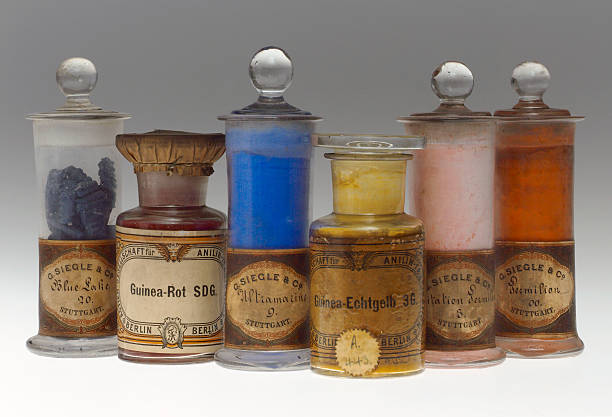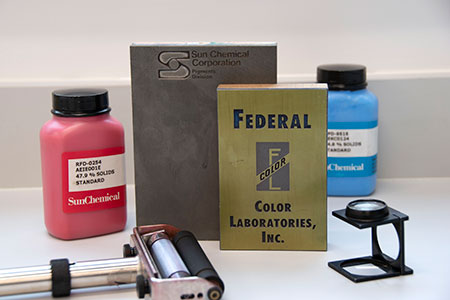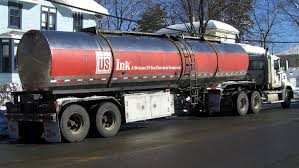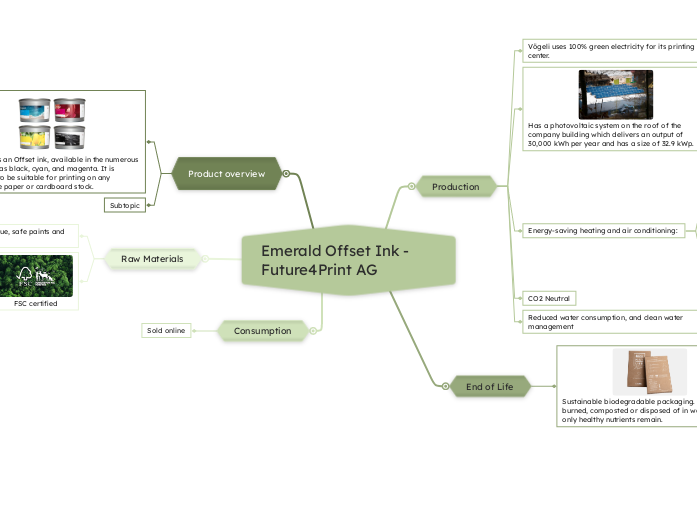Emerald Offset Ink - Future4Print AG
Production
Vögeli uses 100% green electricity for its printing center.
Has a photovoltaic system on the roof of the company building which delivers an output of 30,000 kWh per year and has a size of 32.9 kWp.
Energy-saving heating and air conditioning:
Using two boreholes up to nine meters deep around the printing works, water is extracted from the ground and used to cool the printing machines and the printing room.
With the waste heat generated from production, machine cooling and air conditioning, the entire property can be heated without heating oil or other heat sources.
CO2 Neutral
Reduced water consumption, and clean water management
End of Life
Sustainable biodegradable packaging. Whether burned, composted or disposed of in waste paper, only healthy nutrients remain.
Product overview
Emerald is an Offset ink, available in the numerous hues such as black, cyan, and magenta. It is designed to be suitable for printing on any absorptive paper or cardboard stock.
Subtopic
Raw Materials
Ecological paper, non-toxic glue, safe paints and pigments, VOC-free products
FSC certified
Consumption
Sold online
Sun Chemical company
(historically)
Product overview
Sun Chemical Company is a provider of Inks and pressroom products, colour materials and advanced materials
Production
Uses both sustainable and unsustainable packaging
Paper, cardboard, cardstock

Plastic, metal, film
Hazards & environmental impact
Health risk: Petroleum based inks contain VOCs and contribute to long term health problems
Environmental risk: VOCs emersion contribute to air pollution and water contamination
End of life
Product gets thrown away
Recycling: limited recycling dues to petroleum contents. Some inks were recovered for reuse
Disposal: The product would have most likely landed in landfills, been incinerated or into the water
Market0specific disposal: newspaper were often recycled but packaging inks could persist in water waste
Raw material

Historically Sun Chemical company's ink included:
- Petroleum based solvents
- Pigments from chemical plants
- polymer-based resin
- Additives
Most raw materials were either sourced from crude oils or Chemical synthesis
To gain the crude oils they often used pipelines, tankers or trucks
Pigments and additives are shipped in bulk directly from Chemical plants
consumption
Market sold in
Packaging industry (food label, boxes etc.)
Publishing: newspaper, magazines)
Commercial printing (Advertisement)
Shipping & distribution

Transported via trucks, ships, and trains in steal or plastic containers
Packaging: historically they used non-recyclable plastic drums (modern day they used eco-friendly containers)
Price points
Petroleum-based inks were cheaper than soy or water based
price depended on ink type, quantity, and pigment composition
